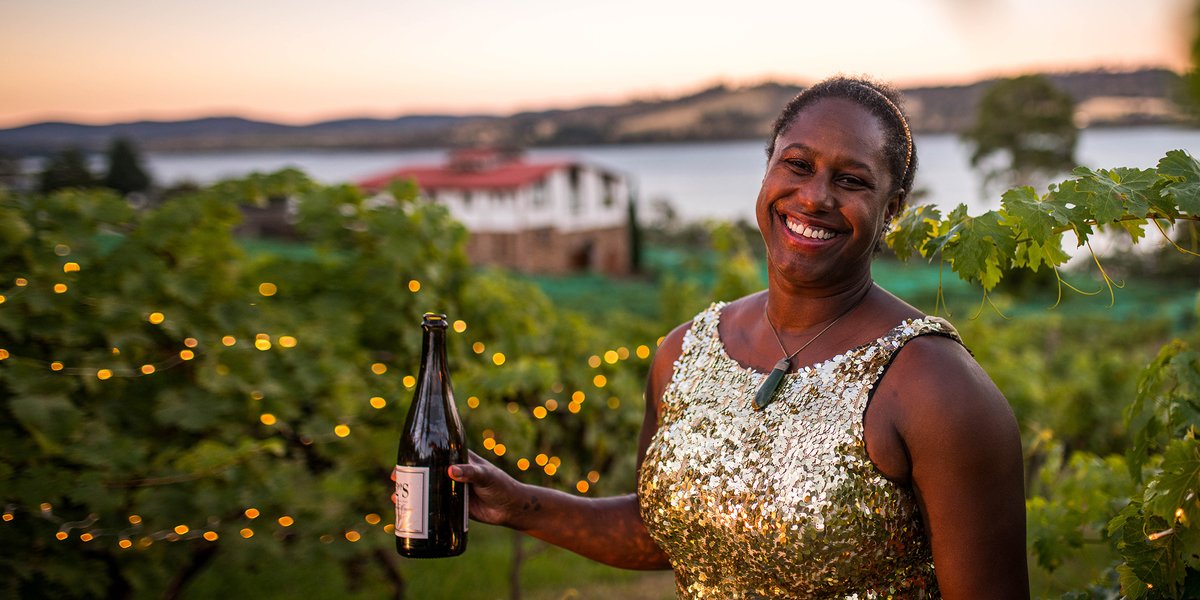David Shering
"I felt disappointed that we were promised amazing, photorealistic Augmented and Mixed Reality but no one seemed to be creating it – so I decided to fill that gap, and this remains our mission today."
"Our industry is on the cutting edge, so it’s always assumed to only be the domain of companies based in Silicon Valley. If you have a high enough standard of work, your location is irrelevant."
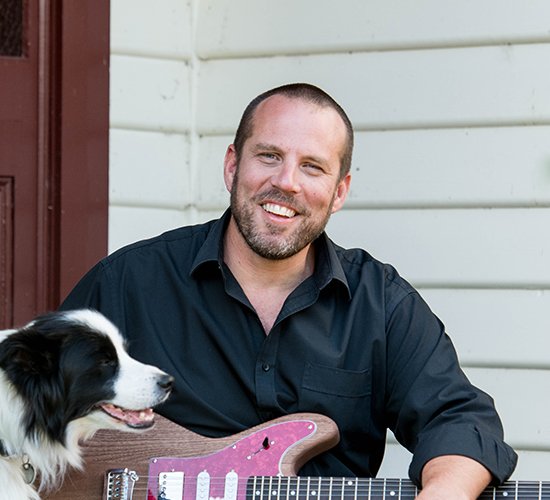
In 2013, David Shering had a frightening realisation: the industry he’d chosen was becoming commodified. Everyone with a computer could build a website.
He found the future for his company, Handbuilt Creative, in something that bothered him. “I felt disappointed that we were promised amazing, photorealistic Augmented and Mixed Reality but no one seemed to be creating it – so I decided to fill that gap, and this remains our mission today.”
It wasn’t an easy decision, or an immediately profitable path, to give up web design. “We essentially gave away eighty percent of our income to make the jump into AR.”
David and his wife were not so blinded by comfort that they were afraid of the risk. They had lived in a car for a year in a half, and in a tent for three years. David – originally from Scotland - has been able to lure some of the best 3D specialists in the world to Tasmania. And it takes patience and determination, as they’re writing the rulebook on photorealistic, user-centric AR.
It took them six months to create shadows that were good enough.
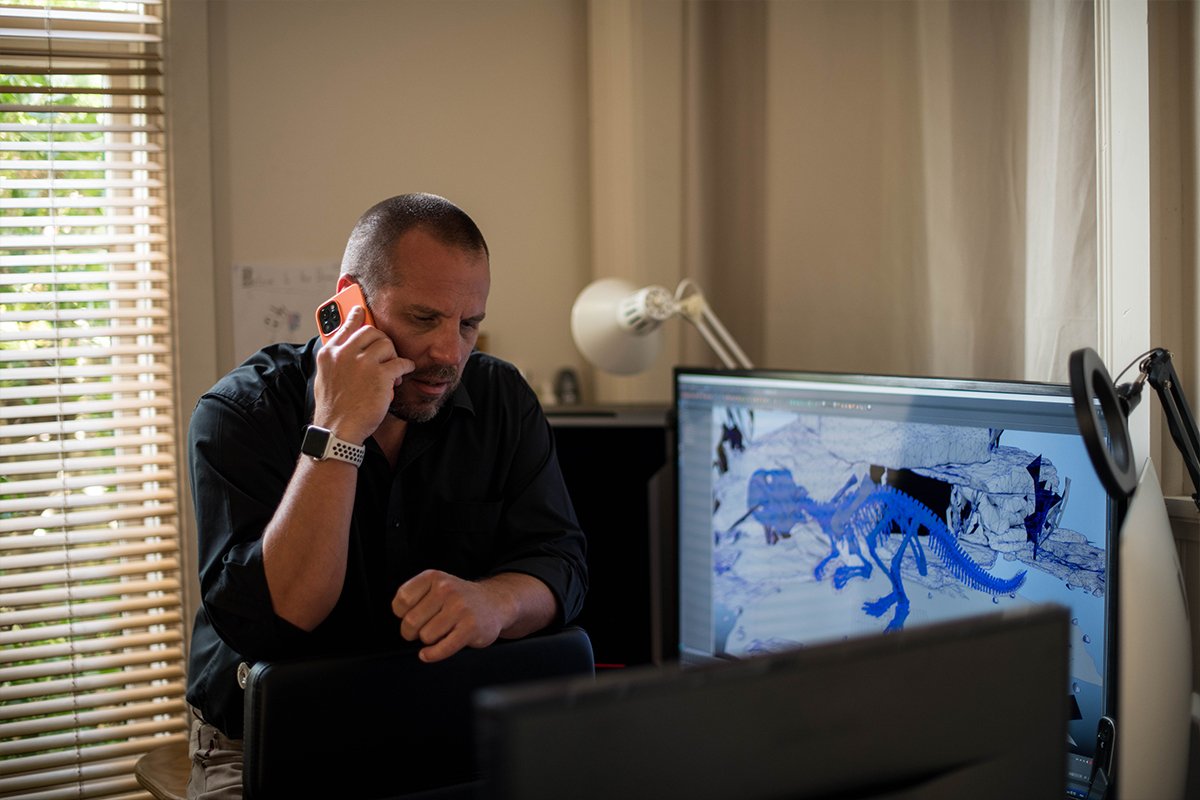
Handbuilt Creative is among a growing number of tech companies founded and operated by ambitious introverts who love nature. They were told, almost universally, that they had to be in Melbourne or Sydney if not San Francisco to succeed. Handbuilt Creative, like Savage Interactive, UpGuard, Biteable, and a number of other enterprises with global audiences and customers, use the Tasmanian lifestyle and culture as assets.
“Our industry is on the cutting edge, so it’s always assumed to only be the domain of companies based in Silicon Valley but considering the number of famous brands that have flown into Tassie to chat with us about AR gives proof that if you have a high enough standard of work, your location is irrelevant. You can do it here. You can choose lifestyle as well as career. In fact, without fail, the senior execs from these companies always immediately understand why we’re based here in Richmond.”
When David and his wife first moved to Australia they had a list of what they wanted: to be near mountains so they could climb, walk in the bush, and ride their bikes. Tasmania has all of this, but David says it was the people and the culture that made it an easy decision to be here.
"Richmond has this village feeling with older buildings, a welcoming community, and an easy commute to Hobart and the airport. It's a good place to bring kids up. Everyone knows you: the guy at the petrol station, the person in the shop. You walk down the street and people wave and say hello. It gives you a sense of place, a sense of home. The biggest appeal down here is the humble people. Feeling comfortable in your own skin is Tasmanian."
While Handbuilt Creative is a technology company, it's based in humility and empathy. "If you spend time away from tech you remember what it is like to be human," says David. "When you have a break you start to think of tech in human terms and try to solve problems as a human, for humans, not only as a developer or a designer. I think this helps me create something that appeals to people more, connects with them, rather than projecting my own agenda."
When David needs a break from the office, it isn't difficult to find what he is looking for. "Fly-fishing is an important antidote to technology for me. Being a really big introvert, fly-fishing is how I recharge my batteries. I don't see a single person and nature can seep into every pore of my body. The area I work in goes 100 miles an hour, it's quite stressful, and when I speak to clients in multi-nationals they are always a little envious that at lunch I can nip down to the river."
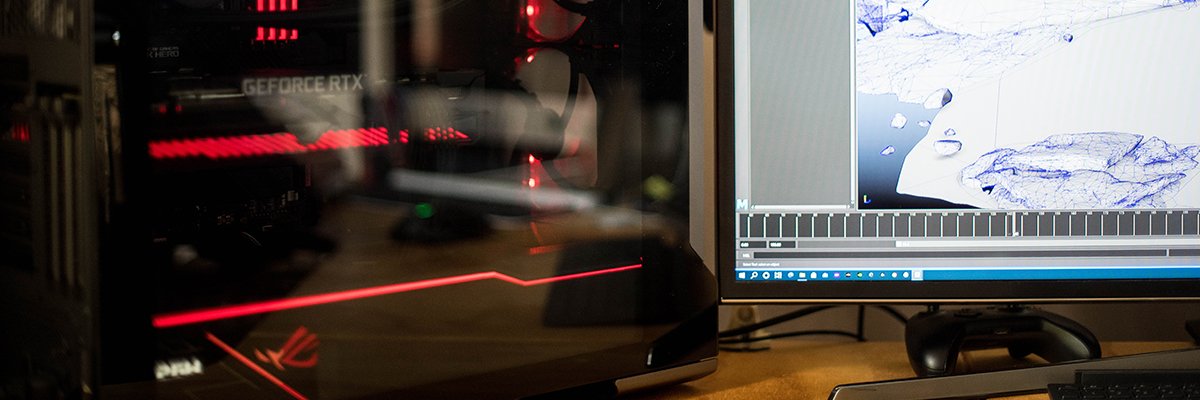
David Shering is one of 18 Tasmanians featured in our short film about the Tasmanian story. David's scene was filmed at his studio in Richmond, Tasmania and his AR technology was used as well to tell his visual story.
Read about more Tasmanians
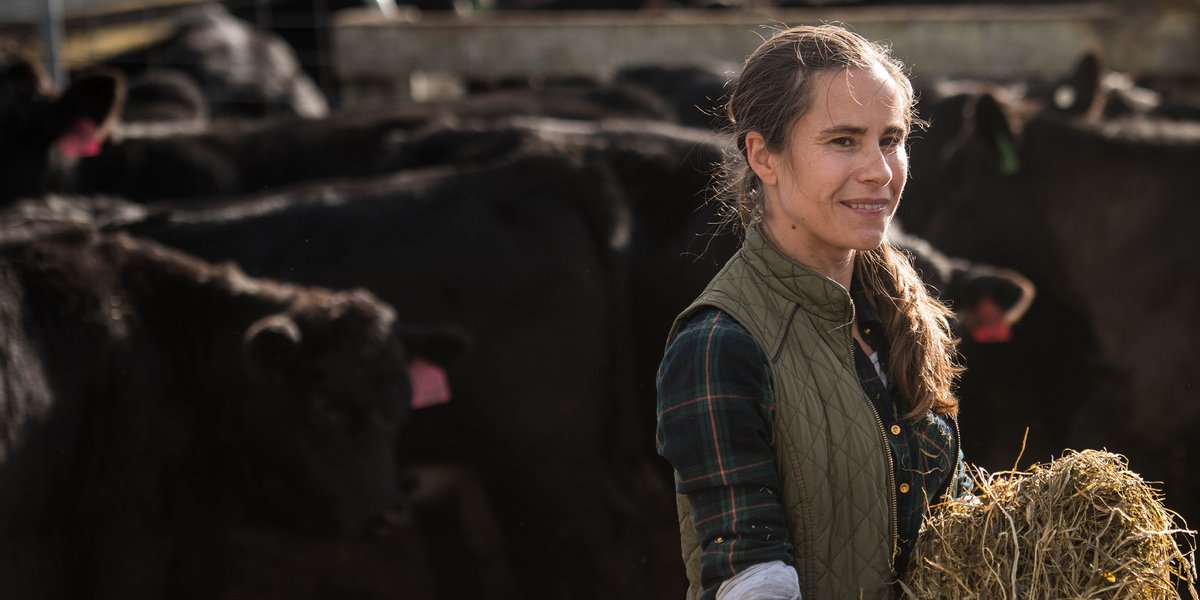
Ana Pimenta
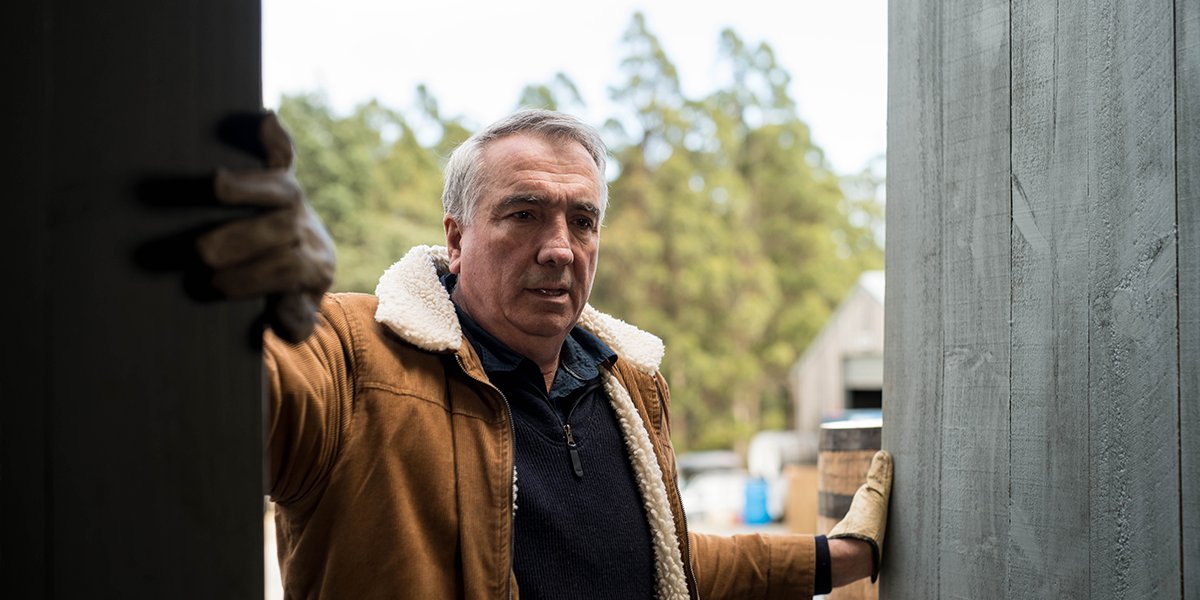
Bill McHenry
